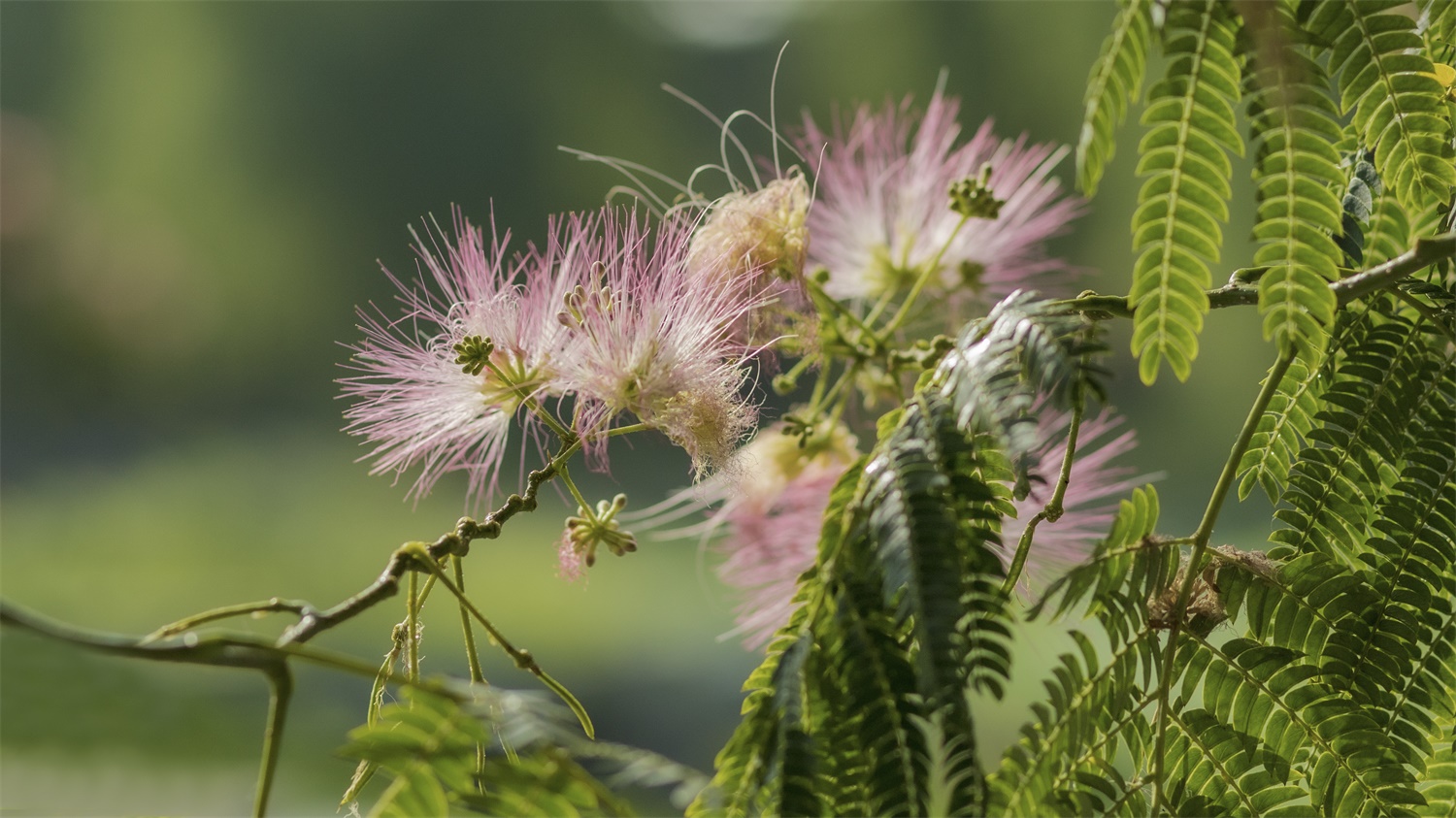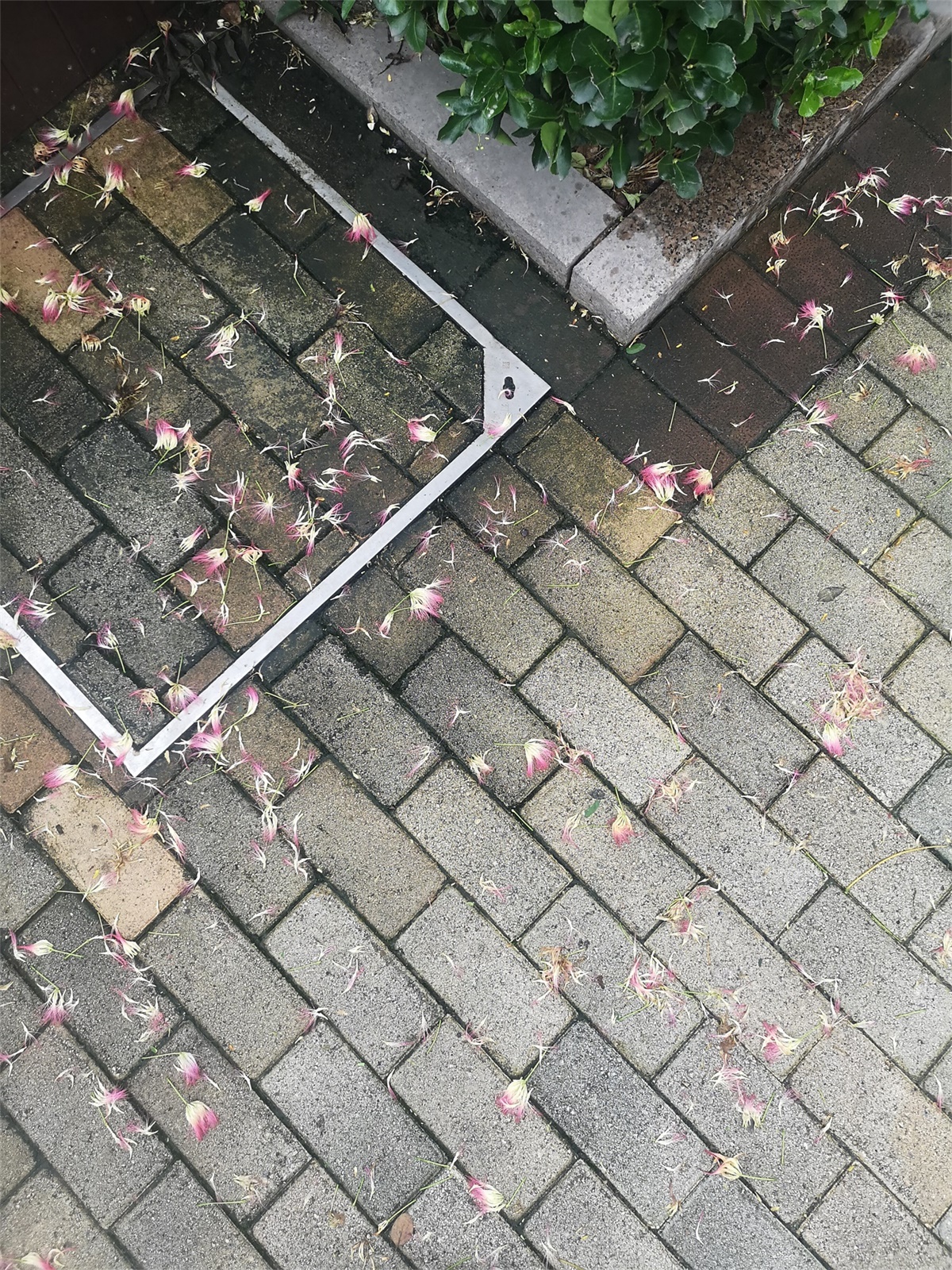Transplanting time of Acacia
The best transplantation time is in spring and autumn. Transplanting in spring should be carried out before germination and before the sap flows; Planting in autumn can be carried out after Acacia leaves and before the soil is frozen
How to transplant Albizzia
Small seedlings should be transplanted before germination, and large seedlings should be transplanted with enough soil balls
Be careful when transplanting, protect the root system, and set up supports for large seedlings to prevent them from being blown down or growing askew
Select a place with open terrain, good drainage and sufficient sunshine for transplanting. Dig a cave with a diameter of 80cm and a depth of 80cm, and then put the seedlings in. First straighten it to stretch the roots, and then fill it with soil
Colonization is best carried out in the evening, and then light organic fertilizer can be applied in combination with watering, or 0.2% - 0.3% urea and potassium dihydrogen phosphate mixture can be sprayed on the leaf surface
If the soil quality is poor, the matrix can be replaced, base fertilizer can be applied in the cave and mixed evenly with the soil

Management of Albizzia after transplanting
Acacia flowers like the soil environment with slight moisture and dry. After transplanting, pay attention to watering to keep the soil moist. After 3-5 days, water as appropriate. After determining that the Acacia seedlings grow stably, gradually reduce the amount of watering, but pay attention to supplement water in dry season
In addition to the 5000 grams of stable manure applied in the cave during colonization, the fertilization of acacia is generally twice a year. One is to apply topdressing after flowering to supplement nutrients, and the other is to supplement base fertilizer at the end of autumn, which is conducive to root growth. In addition, there is almost no need for other fertilizers
The trunk of Albizzia seedlings is often tilted and not straight because the branch shoots are too low. In order to improve the ornamental value, it is best to trim the side branches in time. For annual weak seedlings or Albizzia with tilted trunk, one strong bud can be left before germination in the early spring of the next year, and the rest can be cut off. At the end of winter, the thin and weak branches, disease and pest branches shall be removed, and the side branches shall be properly trimmed to ensure the beauty of the tree shape


 how many times do yo...
how many times do yo... how many planted tre...
how many planted tre... how many pine trees ...
how many pine trees ... how many pecan trees...
how many pecan trees... how many plants comp...
how many plants comp... how many plants can ...
how many plants can ... how many plants and ...
how many plants and ... how many pepper plan...
how many pepper plan...





























